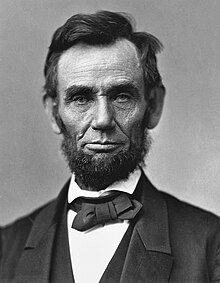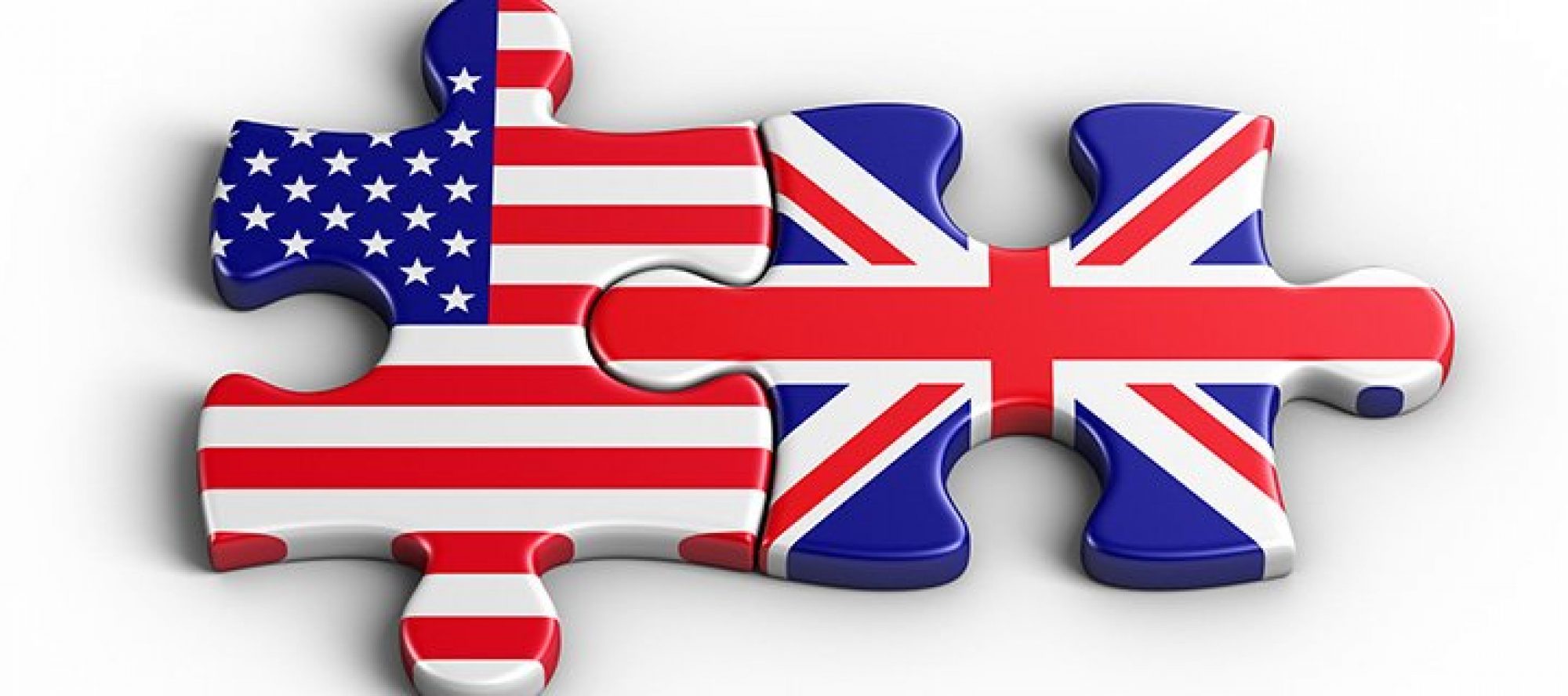Abraham Lincoln, a self-taught lawyer, legislator and vocal opponent of slavery, was elected 16th president of the United States in November 1860, shortly before the outbreak of the Civil War. Lincoln proved to be a shrewd military strategist and a savvy leader: His Emancipation Proclamation paved the way for slavery’s abolition, while his Gettysburg Address stands as one of the most famous pieces of oratory in American history. In April 1865, with the Union on the brink of victory, Abraham Lincoln was assassinated by Confederate sympathizer John Wilkes Booth; his untimely death made him a martyr to the cause of liberty, and he is widely regarded as one of the greatest presidents in U.S. history.
Lincoln was born on February 12, 1809, in a one-room log cabin in Hardin County, Kentucky; his family moved to southern Indiana in 1816. Lincoln’s formal schooling was limited to three brief periods in local schools, as he had to work constantly to support his family.
In 1830, his family moved to Macon County in southern Illinois, and Lincoln got a job working on a river flatboat hauling freight down the Mississippi River to New Orleans. After settling in the town of New Salem, Illinois, where he worked as a shopkeeper and a postmaster, Lincoln became involved in local politics as a supporter of the Whig Party, winning election to the Illinois state legislature in 1834.
Lincoln won election to the U.S. House of Representatives in 1846 and began serving his term the following year. As a congressman, Lincoln was unpopular with many Illinois voters for his strong stance against the U.S. war with Mexico. Promising not to seek reelection, he returned to Springfield in 1849.
After years of sectional tensions, the election of an antislavery northerner as the 16th president of the United States drove many southerners over the brink. By the time Lincoln was inaugurated as 16th U.S. president in March 1861, seven southern states had seceded from the Union and formed the Confederate States of America.
Shortly after the Battle of Antietam (Sharpsburg), Lincoln issued a preliminary Emancipation Proclamation, which took effect on January 1, 1863, and freed all of the slaves in the rebellious states but left those in the border states (loyal to the Union) in bondage.
Though Lincoln once maintained that his “paramount object in this struggle is to save the Union, and is not either to save or destroy slavery,” he nonetheless came to regard emancipation as one of his greatest achievements, and would argue for the passage of a constitutional amendment outlawing slavery (eventually passed as the 13th Amendment after his death in 1865).
Two important Union victories in July 1863–at Vicksburg, Mississippi, and Gettysburg, Pennsylvania–finally turned the tide of the war. General George Meade missed the opportunity to deliver a final blow against Lee’s army at Gettysburg, and Lincoln would turn by early 1864 to the victor at Vicksburg, Ulysses S. Grant, as supreme commander of the Union forces.
In November 1863, Lincoln delivered a brief speech (just 272 words) at the dedication ceremony for the new national cemetery at Gettysburg. Published widely, the Gettysburg Address eloquently expressed the war’s purpose, harking back to the Founding Fathers, the Declaration of Independence and the pursuit of human equality. It became the most famous speech of Lincoln’s presidency, and one of the most widely quoted speeches in history.

https://www.history.com/topics/us-presidents/abraham-lincoln



